Windows 11 Safe Mode From Bios: How to Start it in 8 Steps
Safe Mode boots your PC with just the necessary applications
8 min. read
Updated on
Read our disclosure page to find out how can you help Windows Report sustain the editorial team. Read more
Key notes
- Safe Mode is one of the most useful tools in Windows, allowing advanced troubleshooting.
- Booting into Safe Mode is not difficult, you’ll have to patiently follow some straightforward steps.
- For older PCs, you can boot straight into Safe Mode from BIOS by pressing F4 after restarting your PC.
- Keep in mind that debugging your issues in Safe Mode works in Windows 11 just like in the previous OS.

If you encounter errors within your operating system and need to start Windows 11 in Safe Mode, we got you covered. There are multiple proven methods that will help you start up your PC and fix any errors.
Windows is one of the most popular operating systems on the market and has been around for some time now.
Why should I boot in Safe Mode on Windows 11?
While Microsoft has been diligent and tried to optimize and improve the experience with every new version (and you already know that there are some great features in Windows 11 to upgrade to), there are still a lot of issues that come up in this OS.
For example, there are times when the Windows 11 Start menu is not working. Users also complain about repeated Microsoft Edge problems. But whenever this happens, a solution is just around the corner.
And that’s one of the reasons why Safe Mode is the go-to option when it comes to diagnosing and solving bugs and errors.
This completely isolated environment offers you the option to better identify the apps, programs, or processes that affect your full-on OS.
How does Safe Mode work?
Before anything else, you should know that it starts your operating system in a basic state, using a limited set of files and drivers.
Thus, your device will work with minimal functionality, starting only the mandatory services, and avoiding third-party start-up programs.
Getting your OS in Safe Mode allows you to check the source of a problem and also supports you in troubleshooting issues on your PC.
If you’re having problems with malicious files or processes that use a lot of RAM without a good reason, Safe Mode can definitely help you solve them or pinpoint their source.
In addition, you should know that this also applies to performance issues or bugs related to the interface.
When should I boot in Start Mode?
Here is a list of situations when you should start Windows 11 in Safe Mode:
- When you’re not able to start your operating system
- If your PC is infected with malware
- Safe Mode can also help you when your computer has unstable hardware drivers that can lead to critical errors like BSoD (blue screen of death or black screen of death)
In today’s guide, you’ll find some great options that will help you start Windows 11 in Safe Mode. These are extremely simple, so don’t worry about consuming time performing them.
How can I boot Windows 11 in Safe Mode?
1. Via Startup
1. Click on the Start menu on your taskbar, then select the Power icon.
2. Press and hold the Shift key on your keyboard, then click on Restart.
3. Once you’re redirected to the options screen, select Troubleshoot.
4. Click on Advanced options.
5. Select Startup Settings.
6. Click on the Restart button.
7. After your PC restarts, on the next screen, choose the appropriate option by pressing the number 4 on your keyboard. Up next, the computer will enter the Safe Mode environment via BIOS.
If you need to start Windows 11 in Safe Mode, the first way of doing this is through the Start-up Menu. It allows you to restart your PC and then enter Safe Mode via BIOS.
You can also install the latest Windows 11 updates in Safe mode. It’s a lot better to do that when no other apps are interfering.
2. Through Windows Recovery
- Click the Windows button and open Settings.
- Click on System, then select Recovery.
- Look at the Advanced startup option, then click on the Restart now button.
- You computer will reboot, then show the Advanced options screen, and select Troubleshoot.
- Click on Advanced options.
- Select Startup Settings.
- Click on the Restart button.
- Press the F4 key to get into Safe Mode.
Another similar solution to enter Safe Mode is through Windows Recovery. The steps are very similar to those above, but with a few key adjustments, just in case you have problems with the power options or your keyboard.
And if you have issues after the system restarts, check our guide on what to do if there’s no login screen in Windows 11.
3. Via System Configuration
- Press the Windows key + R to start Run, type msconfig, and press Enter or click OK.
- Select the Boot tab, then take a look at the Boot options.
- Checkmark the Safe boot, then checkmark the Minimal option.
- Click on Apply, then select OK.
- In the pop-up window, click on Restart.
- Wait a few seconds, then you’ll be taken into Safe Mode.
4. Use the Automatic Repair
- When your computer is off, power it on, and turn it off as soon as the Windows logo appears. Repeat this three times, then you’ll be redirected to the Automatic Repair screen.
- There, you have to click on the Advanced options.
- Choose Troubleshoot.
- Select Advanced options.
- Click on Startup Settings.
- Click on the Restart button.
- Press the F4 key to get into the Safe Mode.
5. Boot Windows 11 in Safe Mode from Power Off
- Hold the power button for 10 seconds to turn off your PC.
- Press the power button again to turn on your PC.
- When it is restarting hold the power button for 10 seconds again.
- Once your PC is off, press the power button again to turn it on.
- When it starts, press the power button again for 10 seconds to turn it off.
- Now press the power button to turn on your PC.
- Let it restart completely. It should open the Automatic Repair panel.
- Select Advanced Options.
- Choose the Troubleshoot option and you will get the same Safe Mode options as presented in the previous solution.
This method is useful in case your operating system has serious problems and you cannot start it up as normal or access Safe Mode.
It is the reason why you will have to turn your PC on and off first and get the Windows Recovery Environment panel.
6. From BIOS
- Turn off your computer.
- Press the power button to turn it back on.
- Start pressing F8 continuously until you get the Boot Options Menu.
 NOTE
NOTE
This is an older method to Enter Safe mode and is not applicable for all Windows computers, especially newer ones.
It is definitely worth trying as it is harmless even if your PC does not support it. Worst case scenario, nothing will happen and you will need to try a different method from this list.
7. With Networking
- Open the Settings panel from Start.
- Select System, then Recovery.
- From the Recovery options, go to Advanced Startup and select Restart now.
- Your PC will restart and show the Startup settings menu. Select Troubleshoot.
- Click on Advanced Options.
- Select Startup Settings.
- Click on Restart and wait for your PC to reboot.
- You will get a panel with multiple options. Press F5 to Enable Safe Mode with Networking.
8. From Command Prompt
- Press the Win key + R to open the Run Command window.
- Type cmd and press enter to open Command Prompt.
- Type bcedit / set {current} safeboot minimal in the Command Prompt and press enter.
- Wait for your PC to restart and show the Safe Mode menu.
 NOTE
NOTE
As you can see, some of the steps required to open Safe Mode in Windows 11 are the same for multiple solutions. Thus, as we mentioned before, if you need to use Safe Mode, there are no major differences between the options.
What to do if I can’t boot Windows 11 in Safe Mode?
Some of our readers received a strange Exception Processing Message 0xc0000005 – Unexpected parameters error right after booting into Safe Mode.
At the moment, there are no fixes for this bug other than to return to normal booting but if you update your Windows 11 to the 22000.65 or later build, this problem should disappear.
As this error is connected to system corruption, you can also check our article on how to fix Critical Process Died BSoD on Windows 11 which might help you deal with that.
Can I disable the Windows 11 Safe Mode?
If you’re wondering whether or not you can exit Safe Mode in Windows 11, then the answer is definitely yes, and it will take you only a few seconds.
When it comes to the first two solutions, after you restart your PC, you should exit Safe Mode and start Windows normally.
For the third solution, you’ll have to backtrack the steps and change back the settings in System Configuration or Command Prompt.
The process of entering and exiting Safe Mode is pretty straightforward and is almost identical for Windows 10 and 11.
However, if you’re curious about other major differences between these two operating systems, you can check our in-depth Windows 10 and Windows 11 comparison and find out all the info you need.
Safe Mode will look and feel almost identical to Windows 10’s, so you won’t have to worry about messing things up if you’ve already seen it or used it before.
We hope that this guide helps you enable W11 Safe Mode. If one of the methods above did not work, you should certainly try a different one.
Your system may have some internal errors that won’t start the Safe Mode using some options, like the Command Prompt, but you may be able to open it from BIOS, for example.
Don’t forget to use the comments section below if you have any other questions and we’ll be glad to continue the talk there.

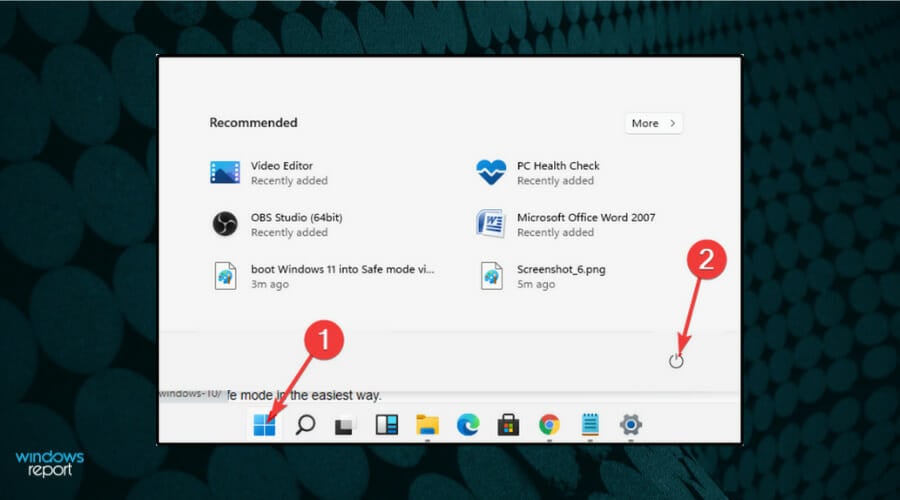
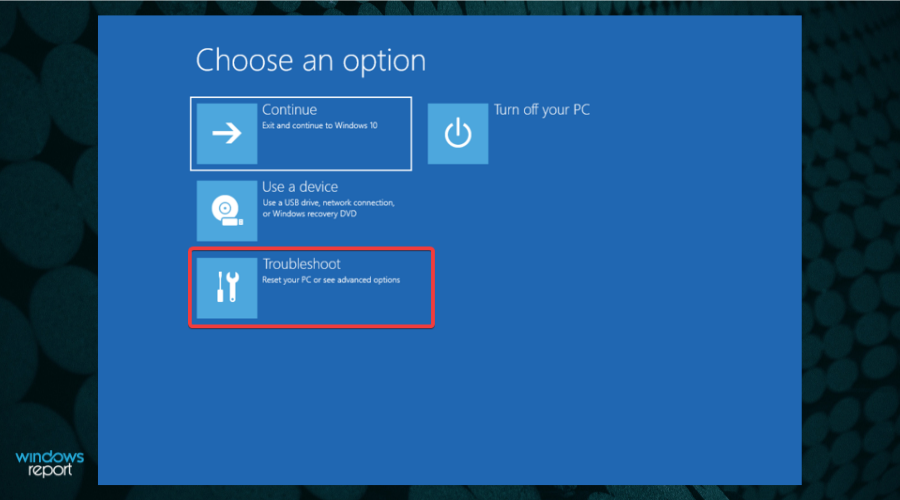

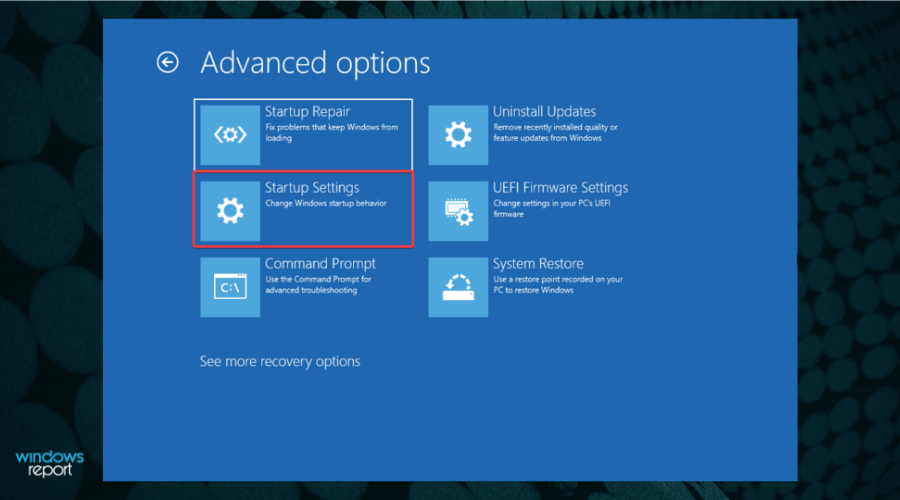
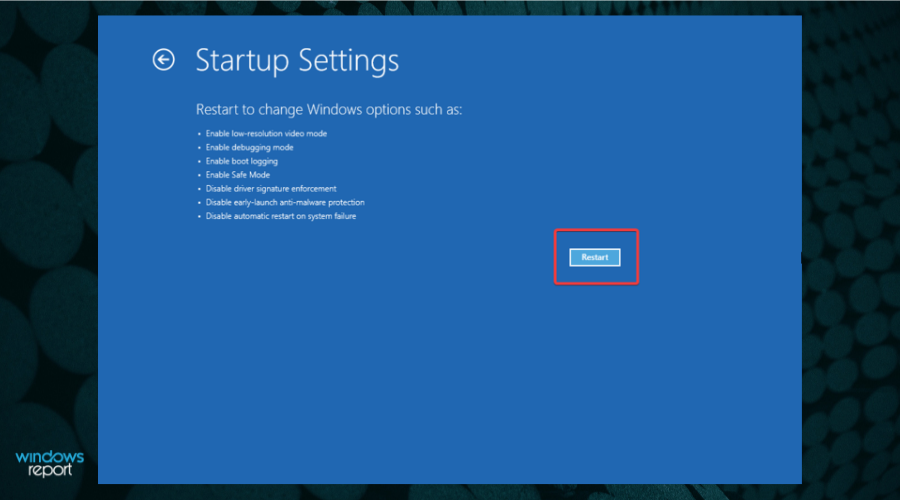

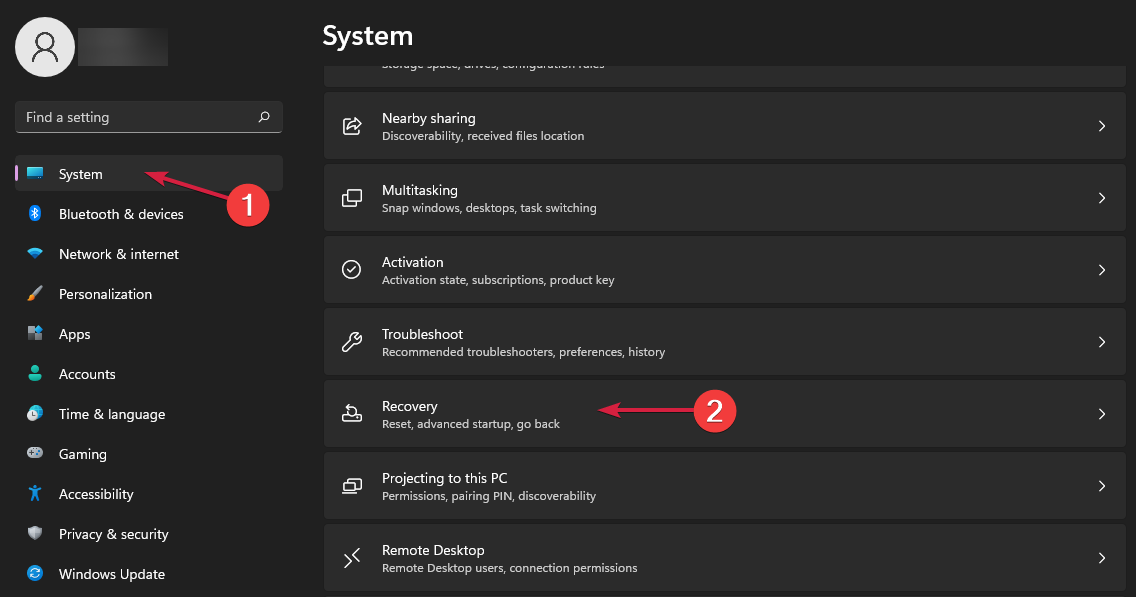
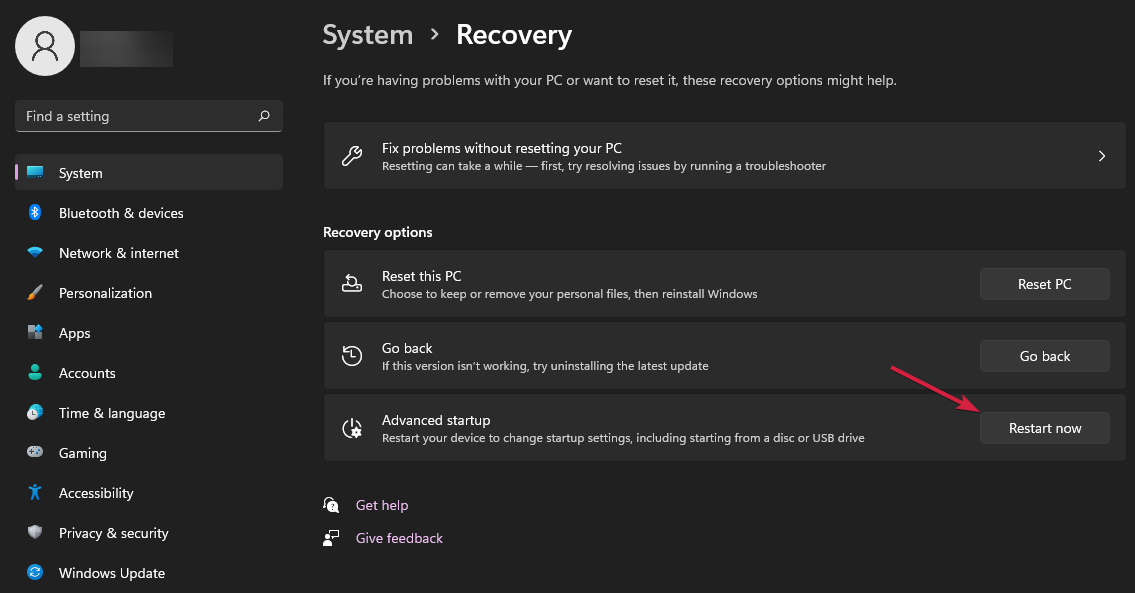
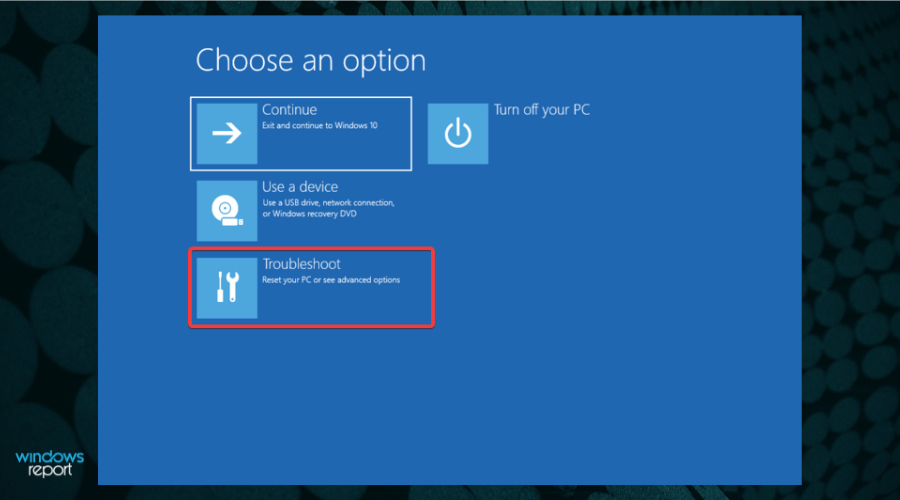


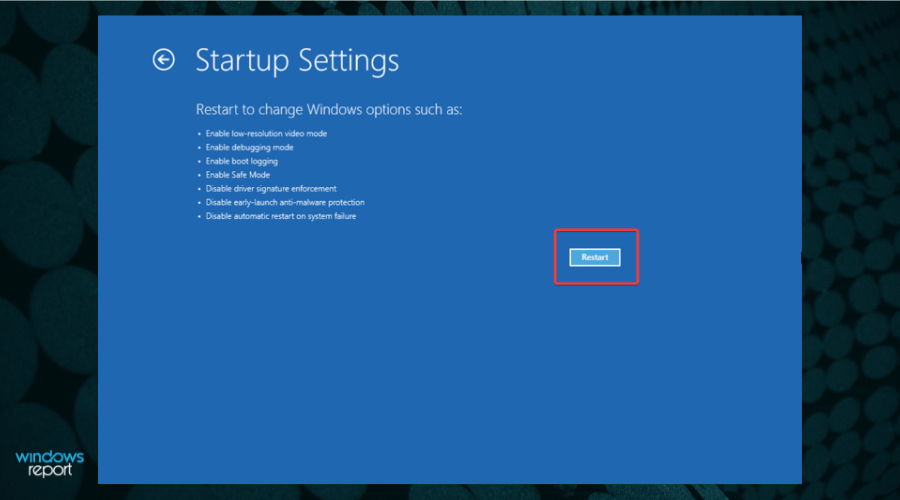



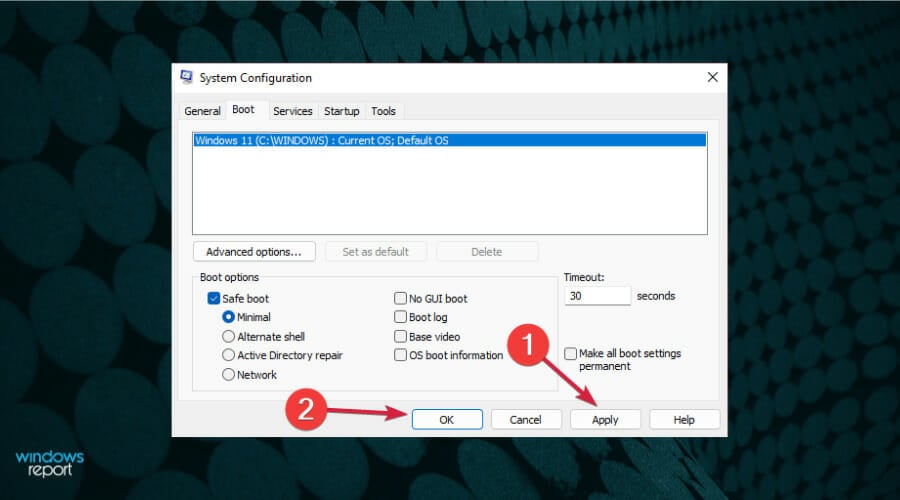
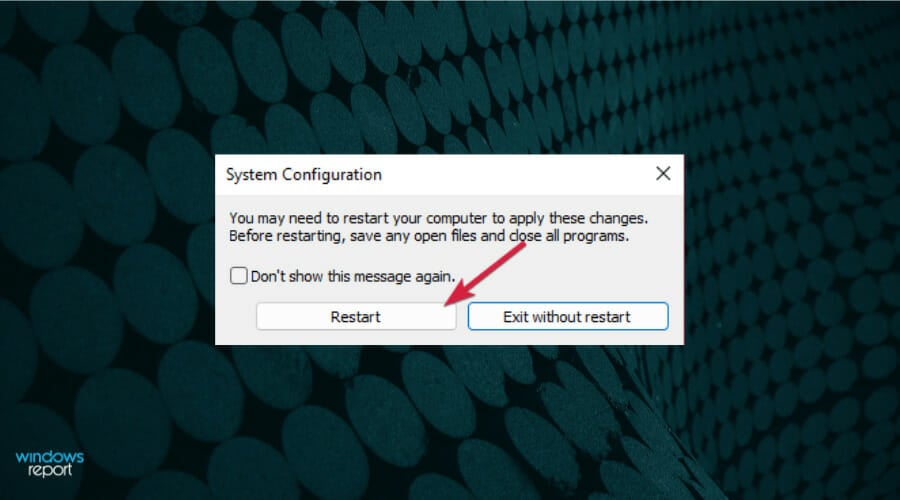

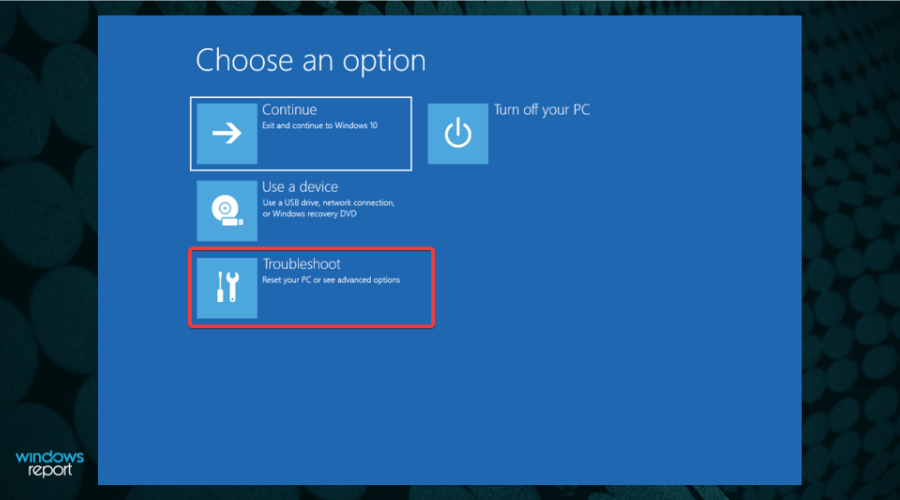






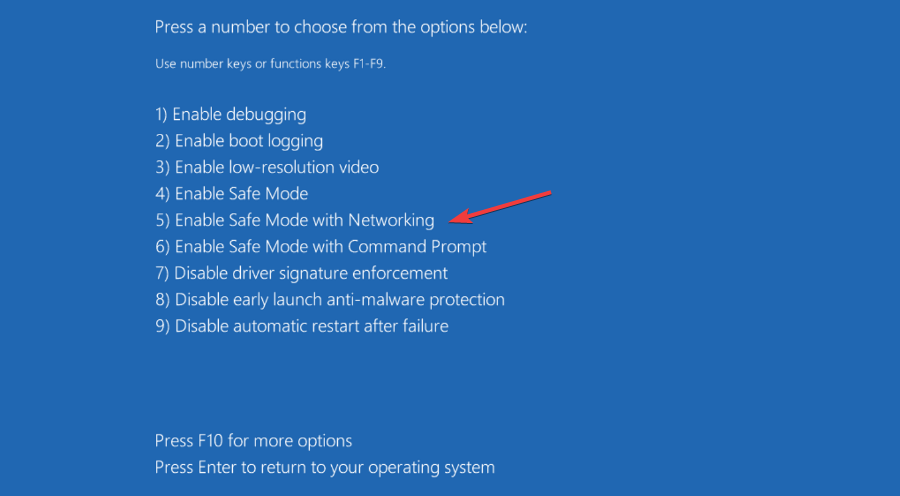

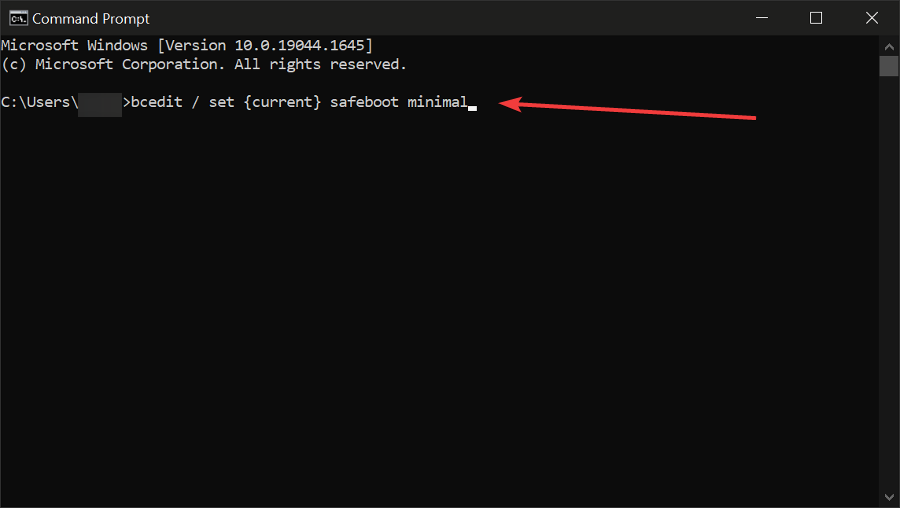









User forum
0 messages